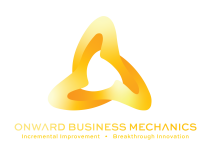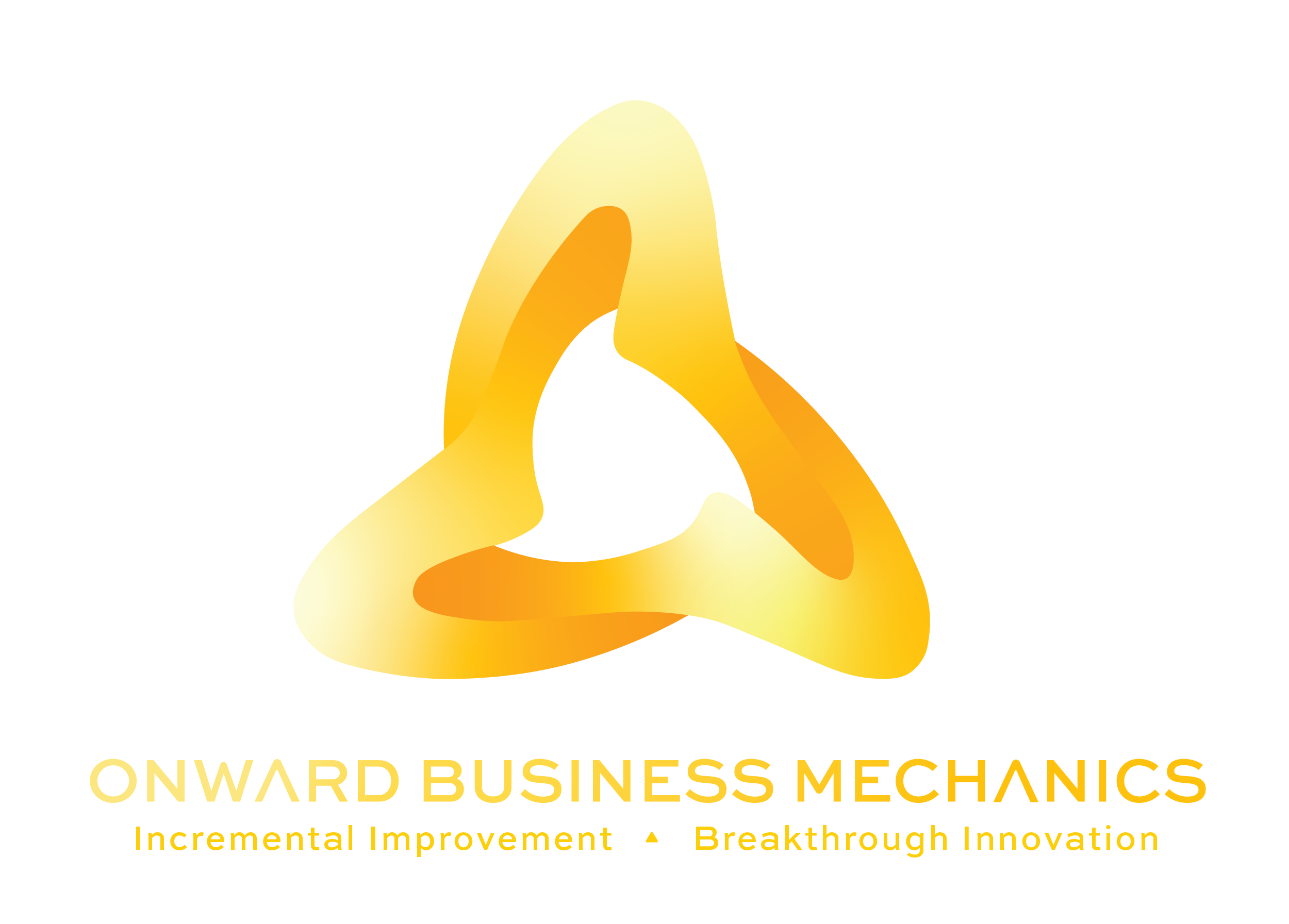Training is a fact of our professional lives. We’ve all experienced it. Maybe we managed to mostly avoid it, or preferred to embrace it and really enjoy it.
Especially when they work in a busy manufacturing environment, people will sometimes approach training with a ‘check the box’ mentality. They will attend the session, say ‘Yes, I got the training’, then go out onto the floor and they do things exactly the same way they did before. A prospective client I spoke to recently called this the “Men in
black effect”. Remember when they put the gun that erases the memories in brain, and then you go back to not knowing anything? He said something similar happens when people walk out of the training room. They lose all the knowledge and they don’t apply it. (Watch the video to see what else I have to say… or read on below!)
I laughed at the example because I have seen it too. I sat with a client about a year ago, when they had a big transition coming up in their business. They were scratching their heads as to how they were going to make it.
What we concluded was that we needed to communicate a new set of expectations to these employees in order for the business to be successful, but training alone was just not going to cut it. So I designed what is now the Sparkplug process, which involves training plus some follow-up plus a few other pieces. Why? We know from our friends the social psychologists that it takes time to break a habit and replace it with a good new one.
When we talk about the impact of training, we need to consider it from a value-add or return on investment perspective. You as a business leader really need to be look at what you’re hoping to get out of the training. Sometimes you do need to just check a box, but most of the time — and I’m going to be very provocative here –nobody wants to do training.
No leader really wants to send their people on training. They want the change that they think that the training will give them.
So that’s why I would say that the time window that comes immediately after the training. They watch the power point, they look at the handout, and then they go back to the shop floor. The followup will spring that information to life before they forget it. It’s a critical time that time after they finish getting the knowledge they download it and then they need some help to really reintegrate it into their world outside of the training room which is you know where they are 99.5% of the time and so through the Sparkplug process.
I’m a manufacturing engineer who has seen these ideas play out and I started consulting to companies in 2011 because I love seeing that permanent change. It’s not about the training it’s about the results that come after the training. What some of my clients are really starting to understand is that it is worth every penny of that follow-up to ensure that it becomes permanent behavior change.
I’d be very curious to hear what you think. Do we have anyone in my audience who wants to defend training without any follow-up? Would you argue that it works? Or do you think that this new paradigm of training plus follow-up
equals behaviour change is the way of things to come? I certainly think it is!


